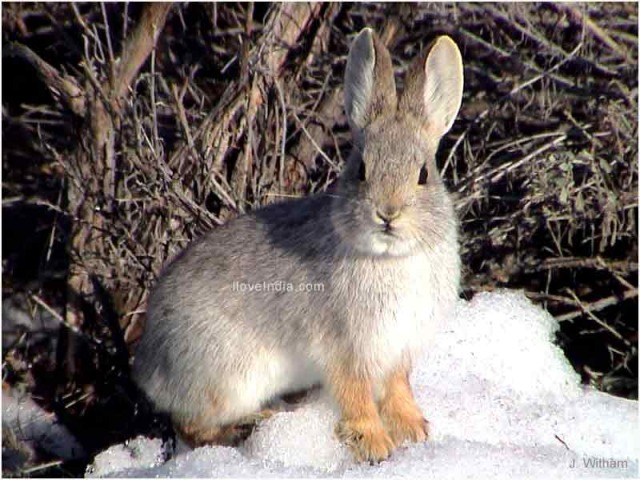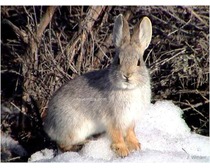Hispid hare is an endangered species found in India, mostly in the foothills of Himalayas. Read on to know some amazing information and interesting facts about this hare species.
Facts About Hispid Hare
Native to the Himalayan foothills, hispid hare is a leporid with dark brown hair, which weighs around 2.5 kg. Earlier, this hare used to have a wide habitat range, but now its habitat is confined to some isolated regions in Uttar Pradesh, Bihar, West Bengal and Assam. Deforestation, cultivation and human settlement have significantly contributed in restricting the habitat of hispid hare, which is one of the rarest mammals on earth today. Bristly Rabbit and Assam Rabbit are the other names by which hispid hares are identified. Studies on hispid hare are limited, due to its extreme aversion to captivity. This hare is so paranoid of being caged that it can actually harm itself in a desperate and hysterical bid to escape captivity. Read on to know some interesting facts and amazing information about hispid hares.

Facts About Hispid Hare
Kingdom: Animalia
Phylum: Chordata
Class: Mammalia
Order: Lagomorpha
Family: Leporidae
Genus: Caprolagus
Species: C. hispidus
Height: 10-15 inches
Weight: Approximately 2.5 Kg
Diet: Herbivorous, bark, shoots, grass roots and crops
Range: Manas National Park and Jaldapara Wildlife Sanctuary in West Bengal Habitat: Tall grass-scrub savanna
Gestation Period: 25-50 Days
Number of Offspring: 2 to 5
Interesting & Amazing Information On Hispid Hares
- Hispid hare is also known as Bristly Rabbit, due to its coarse and dark brown fur. It has short hair and small eyes and its front and back legs are nearly of the same size.
- This hare species has a brown tail, which is 1 to 2¼ inches long. It has large teeth and the claws are straight and strong.
- Hispid hare is an endangered species, which is protected in the Manas National Park and Jaldapara Wildlife Sanctuary of West Bengal. The species can also be spotted in thatch areas of tall-grass that is, sometimes, referred to as "elephant grass", a food source and cover for these hares.
- These hares may live alone or in pairs. They pair up as male and female, for the purpose of breeding and produce litters of young ones. A litter can comprise of as many as 15 offspring, but for this species, it is usually between 2 and 5.
- The habits and disposition of hispid hares has not been observed extensively. However, other lagomorphs comprising of rabbits and hares, are believed to practice little parental care. The mothers feed the young ones for 5 minutes in a day.
- This hare species is herbivorous and feeds on soft shoots and grass roots. Mostly, hispid hares foray in the night for food. They eat tree barks when grasses are not available.
- These hares are known to be nocturnal animals. They are out during the hours between evening to dawn, while resting and remaining inactive during the day time.
- The breeding time for these hares is from late winter to early spring. They breed once or twice in a year. January to March is the exact time period when young hares are born.


See also
More from iloveindia.com
- Home Remedies | Ayurveda | Vastu | Yoga | Feng Shui | Tattoos | Fitness | Garden | Nutrition | Parenting | Bikes | Cars | Baby Care | Indian Weddings | Festivals | Party ideas | Horoscope 2015 | Pets | Finance | Figures of Speech | Hotels in India : Delhi | Hyderabad | Chennai | Mumbai | Kolkata | Bangalore | Ahmedabad | Jaipur
- Contact Us Careers Disclaimer Privacy Policy Advertise With Us Lifestyle Sitemap Copyright iloveindia.com. All Rights Reserved.





